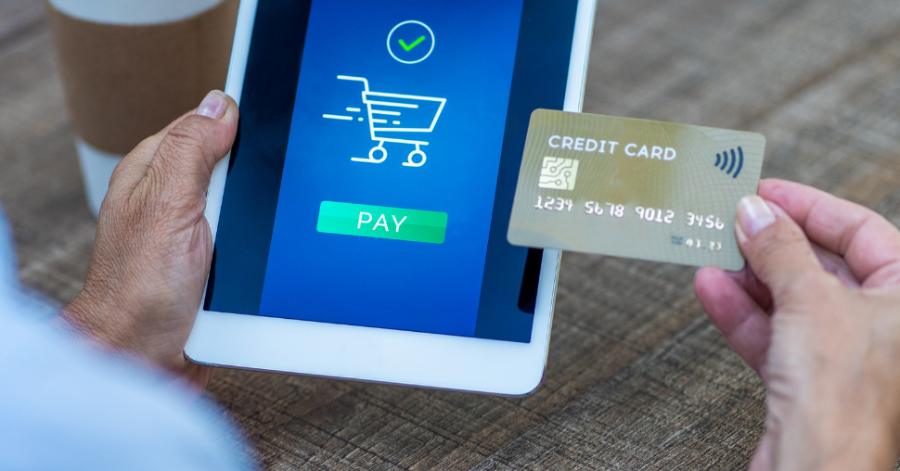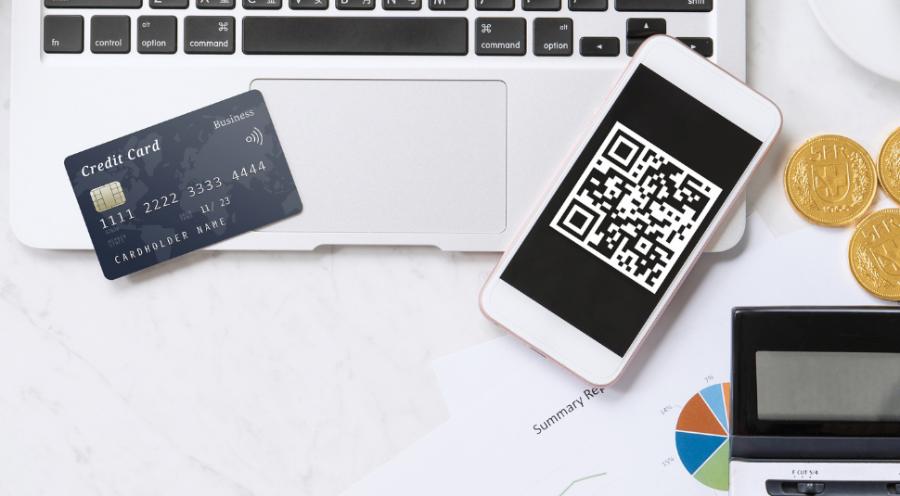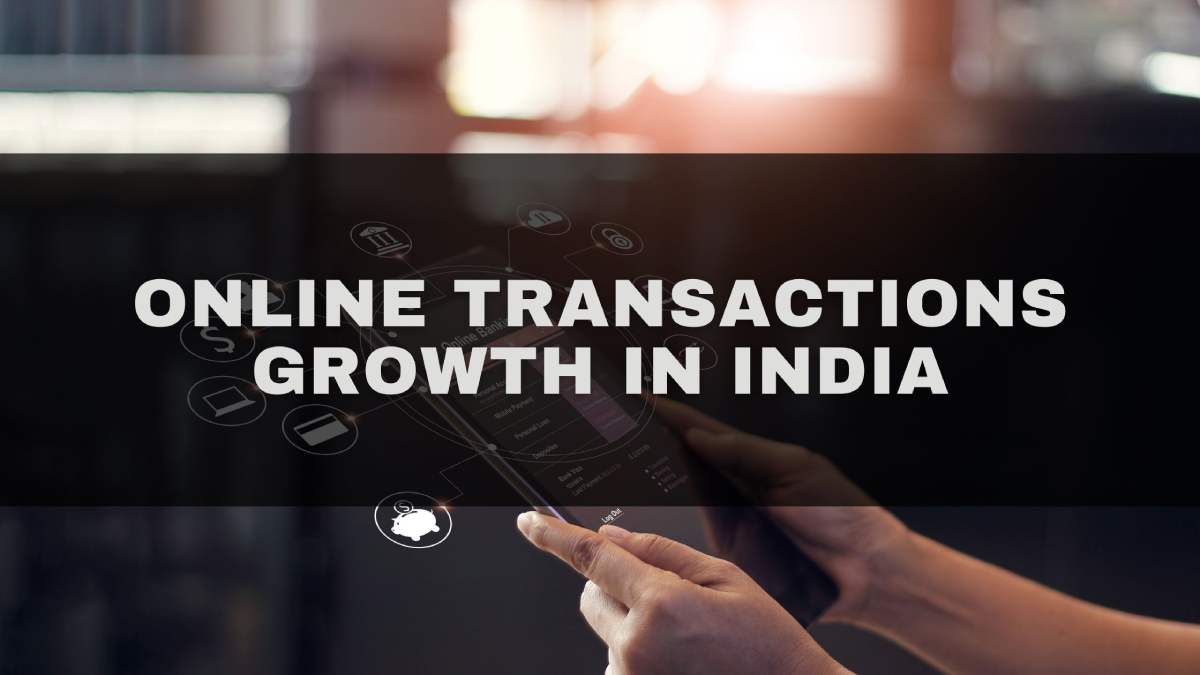Nowadays, paying for anything in India is very easy. This is because there’re lots of options available to everyone. For example, while shopping at brick-and-mortar stores, you can pay by cash or even online. And when making purchases over the Internet, online payment is almost taken for granted. As a matter of fact, online payments have become very common in India and are significantly growing.
Facts and Figures of Online Payments in India
A news report in the leading English daily, The Times of India, in April 2021 mentions that online payments in India saw a growth of nearly 76 percent during the last 12 months.
Most of this growth during the fiscal year 2020-2021 can be attributed to the Covid-19 pandemic when cash transactions had become scarce as people began shunning banknotes because of the fear that they might pass the Covid-19 contagion.
However, a report in The Hindu BusinessLine earlier this year states clearly that online transactions in India will grow by about 71. the percent by the year 2025. The news report quoting ACI Worldwide states that India recorded 25.5 billion online transactions in 2020, which is the highest globally.
These figures by two leading newspapers, quoting highly reliable sources, clearly indicate that online transactions are significantly growing in India.
Types of Online Payments in India
These high figures that indicate online transactions are growing significantly in India aren’t really surprising. Because we have several online payment options. Here’s a glance at some of the online payment options in India.
- Mobile wallet
- Unified Payments Interface (UPI)
- Net Banking
- Online Point of Sale (oPOS)
- Wire Transfers
- Bank to Bank Transfers (NEFT, RTGS, IMPS)
- Digital Debit Cards
- Digital Bank Accounts
Among these, mobile wallets and UPI are the most preferred choice of online transactions in India. That’s because it doesn’t involve giving out your account number or other personal details. Furthermore, UPI payments are free and very fast. You can send or receive the money within a few seconds of the transaction. As a result, most online retailers and Non-Banking Financial Companies (NBFCs) also accept UPI payments for buying Mutual Funds and Exchange Traded Funds. You can also transfer money to your Demat and Trading account free with UPI for buying stocks, ETFs, commodities, and currencies or bonds.

Thanks to the popularity of mobile wallets, we now have several of them in India, such as Paytm, iMudra by Indian Railways Catering and Transport Corporation, MobiKwik, and Freecharge, among others. In addition, India Post has also launched the UPI app known as Dak Pay, which can be linked to any bank account.
Six Reasons for Significant Growth in Online Transactions
With as many as eight options available to Indians for online transactions, it is natural that their number would rise significantly over the years. There Are projections that online transactions in India, especially UPI, will grow by at least 28 percent by 2025 and beyond.
Therefore, let’s look at the six reasons why online transactions are growing significantly in India.
1. Facilities for Free Money Transfers
The Ministry of Finance and Reserve Bank of India have allowed bank customers to make National Electronic Fund Transfer (NEFT) and Real-Time Gross Settlement (RTGS) round the clock.
Now, these modes of payments are also available free of cost, meaning banks don’t charge any fees if you transfer money by NEFT or RTGS from your account through net banking facilities. In addition, some banks have also waived charges for the Immediate Payment Service or IMPS to help people transfer money immediately, in the aftermath of the Covid-19 pandemic.
As a result, an increasing number of people are now using NEFT, RTGS, and IMPS for conducting online transactions. And this trend is expected to remain for several years until speedier services replace them.
2. Widespread Use of Payment Gateways
Furthermore, many banks, online retailers, NBFCs, and other organizations are now enabling their customers to make payments for goods and services online. They do so by using various payment gateways available in India, such as CCAvenue and RazorPay, among others.
These payment gateways have adapted their technology to also accept payments from mobile wallets and UPI. As a result, you can now pay for your purchases or even buy gold, sovereign bonds, stocks, ETFs, commodities, and other investments by simply paying through these payment gateways, which are safe and reliable.
Most organizations that accept payments through such gateways don’t charge their customers the payment gateway fees, unlike in some other countries. That means you can use a payment gateway to remit funds absolutely free of cost.
3. Unified Payments Interface
Perhaps nothing can match the Unified Payments Interface and its facilities for both banks and their customers. The Indian government and its National Payments Corporation of India (NCPI) launched the Bharat Interface for Money (BHIM) app on December 30, 2016, a little over a month after the demonetization of the erstwhile Rs.500 and Rs.1,000 currency notes in November the same year.
The UPI was an instant hit among consumers in India. That’s because it allows you to send money within India free of costs. And all UPI transactions are fulfilled within a few seconds. As a matter of fact, it takes just about 30 seconds for a payment to reach a beneficiary through UPI.
Due to the widespread popularity of UPI, we now have NBFCs and Asset Management Companies (AMCs) offering payment facilities for things such as insurance premiums, subscriptions to Mutual Funds, and other financial transactions through UPI. And this facility is also available through payment gateways.
Almost every major bank in India has its own branded UPI app to facilitate its customers to make UPI payments. And smaller banks have a presence on the main BHIM app offered by NPCI. This means, even if your own bank doesn’t have its own UPI app, you can still make instant payments through BHIM. This facility is helping people make with accounts in Regional Cooperative Banks (RCBs), Regional Rural Banks (RRBs), and smaller cooperative and private banks to offer UPI payment facilities for their customers via BHIM.
Major online retailers also extend the facility to use BHIM. Therefore, the widespread popularity of BHIM and other UPI apps is another reason why online transactions are significantly growing in India.
4. Internet Proliferation in Rural India
About 90 percent of India’s rural population now have Internet access, either through broadband, fiber optic connections, or smartphones, according to a report published earlier in 2021 by The Print. This directly translates as significant growth in the number of online transactions in India.
The reason is simple. Despite best efforts by banks, most of them are unable to open branches in rural areas. So the only banking service most rural folks have is through India Post, at locations where there are post offices. India Post has over 160,000 post offices across the country compared to just about 25,000 of the biggest nationalized banks- the State Bank of India.
In such cases, rural people of India have no option but to use UPI or net banking to receive and send money to their relatives and friends or pay for online shopping. In fact, some 41 percent of all ecommerce sales in India occur from rural parts of the country. This is because there are fewer brick-and-mortar stores for high-end goods in or around rural areas. And the buying patterns of residents of rural India are at par with those in urban parts of the country.
5. Growth of Ecommerce
India’s ecommerce industry will surpass the US$55 billion mark by the end of 2021 and is expected to rise to US$80 billion by 2025, according to various projections. This rise is partly due to the Covid-19 pandemic that shows no signs of ebbing even as newer and deadlier mutants of the virus continue cropping up despite the availability of vaccines.
As a result, a majority of people prefer shopping online. Such growth in online shopping is also one of the reasons why online transactions are significantly growing in India. Here it’s important to note that it’s not only the Business-to-Consumer (B2C) sector that’s witnessing a growth in online shopping. As a matter of fact, Business-to-Business (B2B) transactions are also contributing to significant growth in the eCommerce sector of India.
This growth of eCommerce in India directly translates as significant growth for online transactions in India. And that’s possible because online sellers offer greater options to buyers, such as payments through net banking and UPI, to name a few.

As the Indian economy continues to grow despite some setbacks due to the Covid-19 pandemic, we will see significant growth in the number of online transactions.
6. Greater Confidence in Online Payments
The Indian government and all banks have taken enough precautions and implemented measures to make online transactions safe and secure. As a result, there’s greater confidence among the public to use online payments, leading to their significant growth in this country.
Millions of earlier people reluctant to do online transactions are now doing them because of the higher security it offers. And the number of frauds with online transactions is relatively fewer. They occur only when you give out your net banking details or UPI access codes to unauthorized persons.
Nowadays, you can seek immediate redress too from banks if your online payments don’t reach the beneficiary on time due to technical glitches. And it’s easier for banks too to trace fraudulent transactions and bring culprits to justice.
Another thing that is leading to the significant growth of online transactions is discounts. Online retailers offer hefty discounts for online shopping. Even the government of India charges Rs.50 less if you buy sovereign gold bonds using online payment methods.
Conclusion
As we can see, these are six main reasons why online transactions are growing significantly in India. According to various projections, online transactions in India are expected to grow exponentially over the coming years. In addition, messaging apps such as WhatsApp are also planning on offering online payment facilities in India, while Truecaller is already providing such a service to transfer funds to a phone number if you link it with your bank account.







